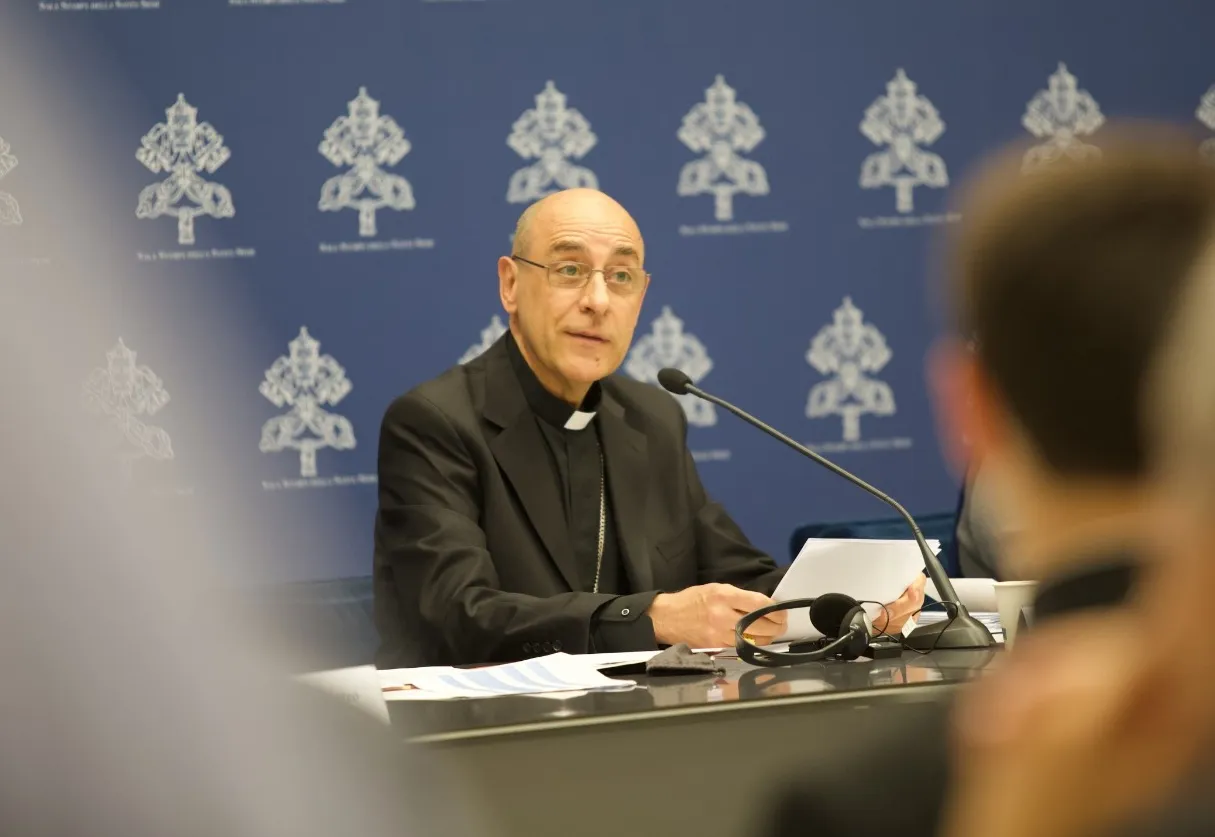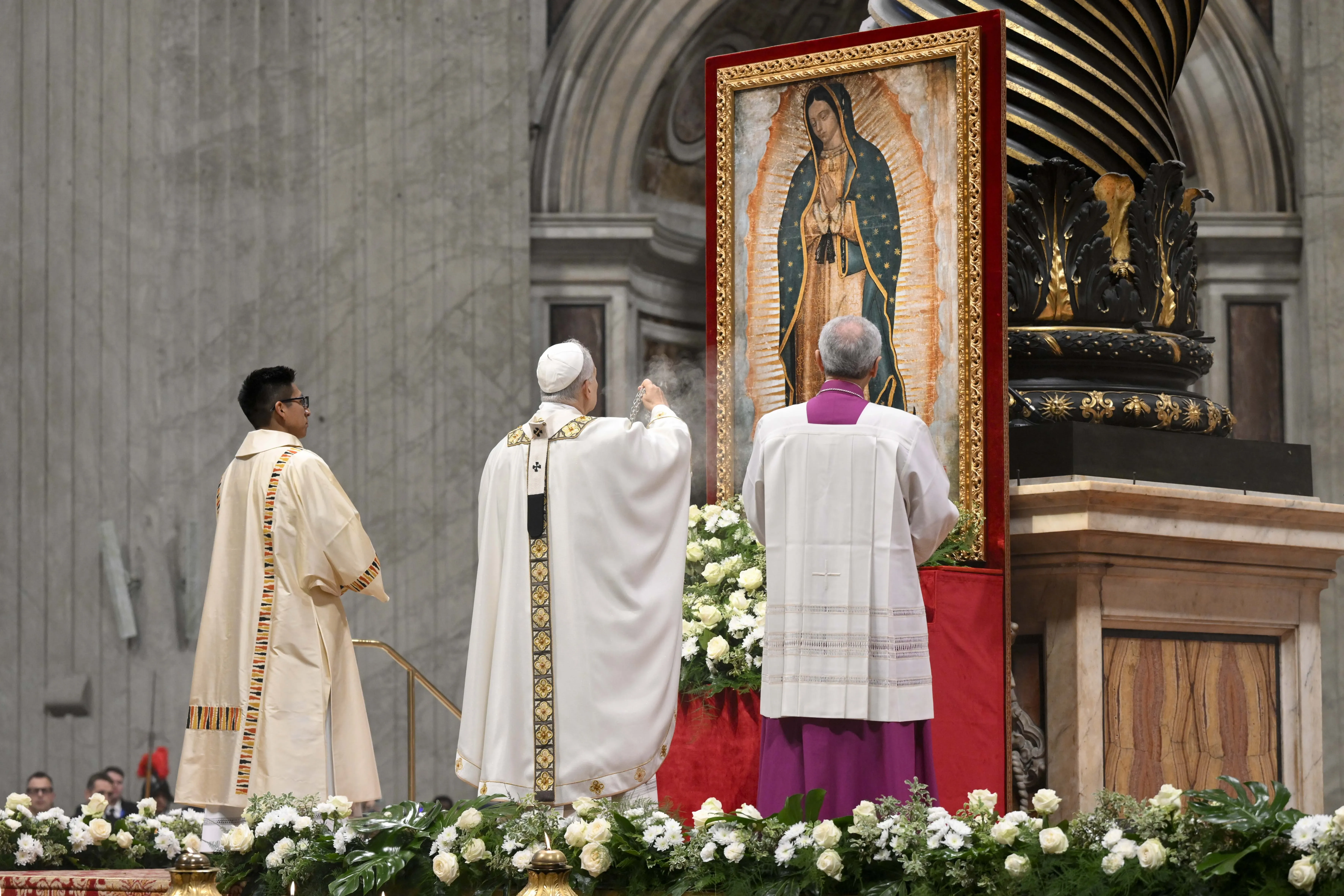Rome Newsroom, 17 May, 2024 / 5:03 pm (ACI Africa).
Cardinal Víctor Manuel Fernández held a press conference on Friday addressing the Vatican’s new guidelines on apparitions, with the prelate noting that the new norms would help introduce greater prudence in the discernment process.
“The Church has stated that the faithful are never forced to believe in this phenomenon. They are never obliged. There’s no obligation,” said Fernández, the head of the Dicastery for the Doctrine of the Faith, during the conference at the Holy See Press Office on Friday.
“The Church, as a matter of fact, leaves the faithful free to devote their attention to this phenomena or not,” he added. “Revelation that has already happened is the word of God. It contains everything we need for our Christian life.”
The document, titled “Norms for Proceeding in the Discernment of Alleged Supernatural Phenomena” and released on Friday morning, establishes new guidelines on Marian apparitions, abrogating a former document issued in 1978 under Pope Paul VI.
Noting that these new norms establish a set of pragmatic guidelines to assist the local ordinary as well as the dicastery, Fernández said that “some phenomenon that could have a supernatural origin sometimes appear to be related to confused human experiences.”








